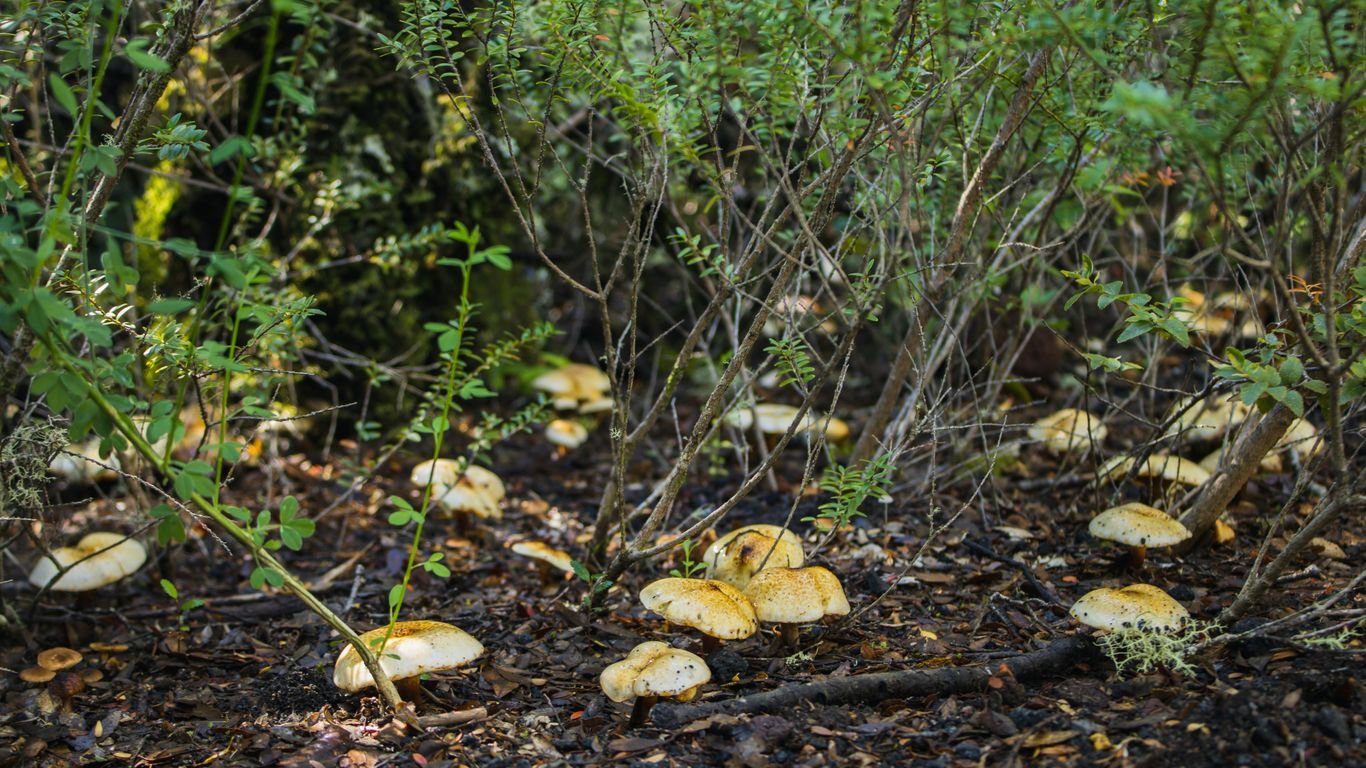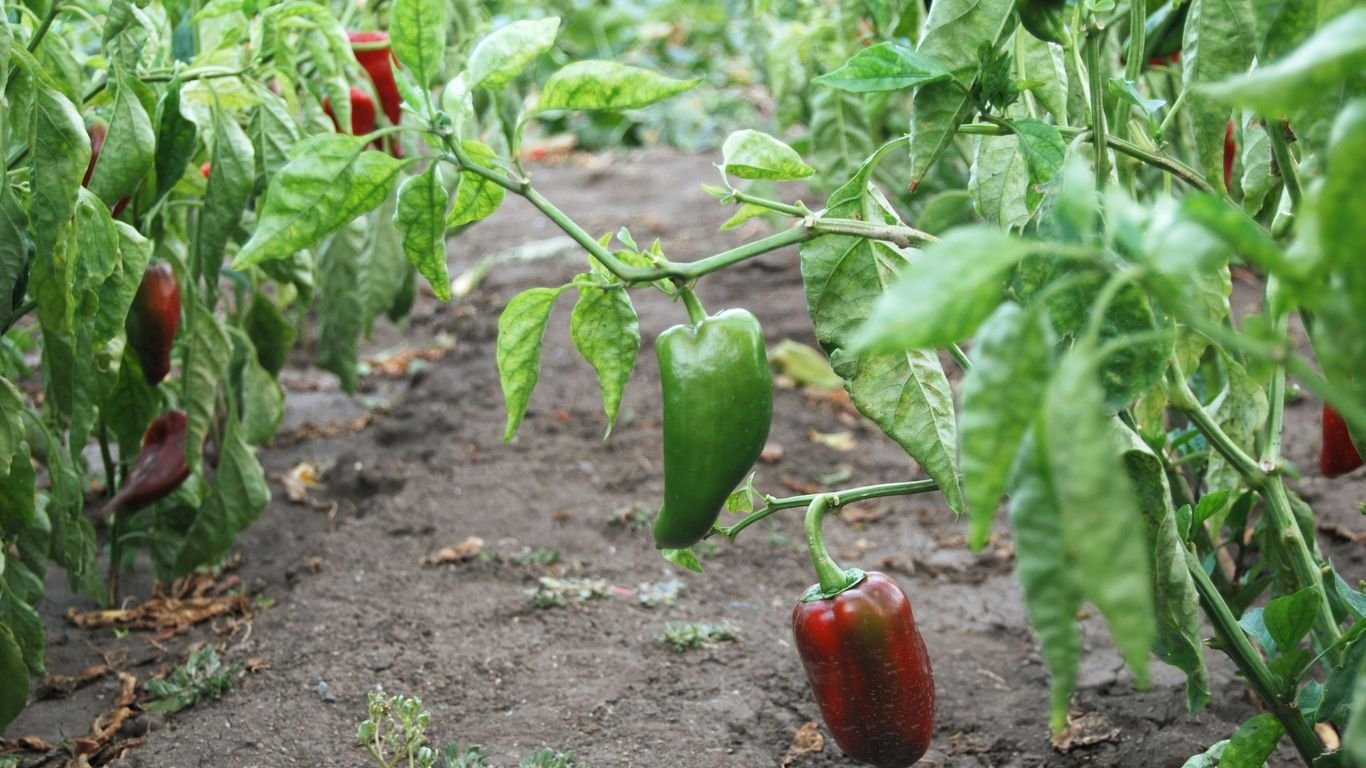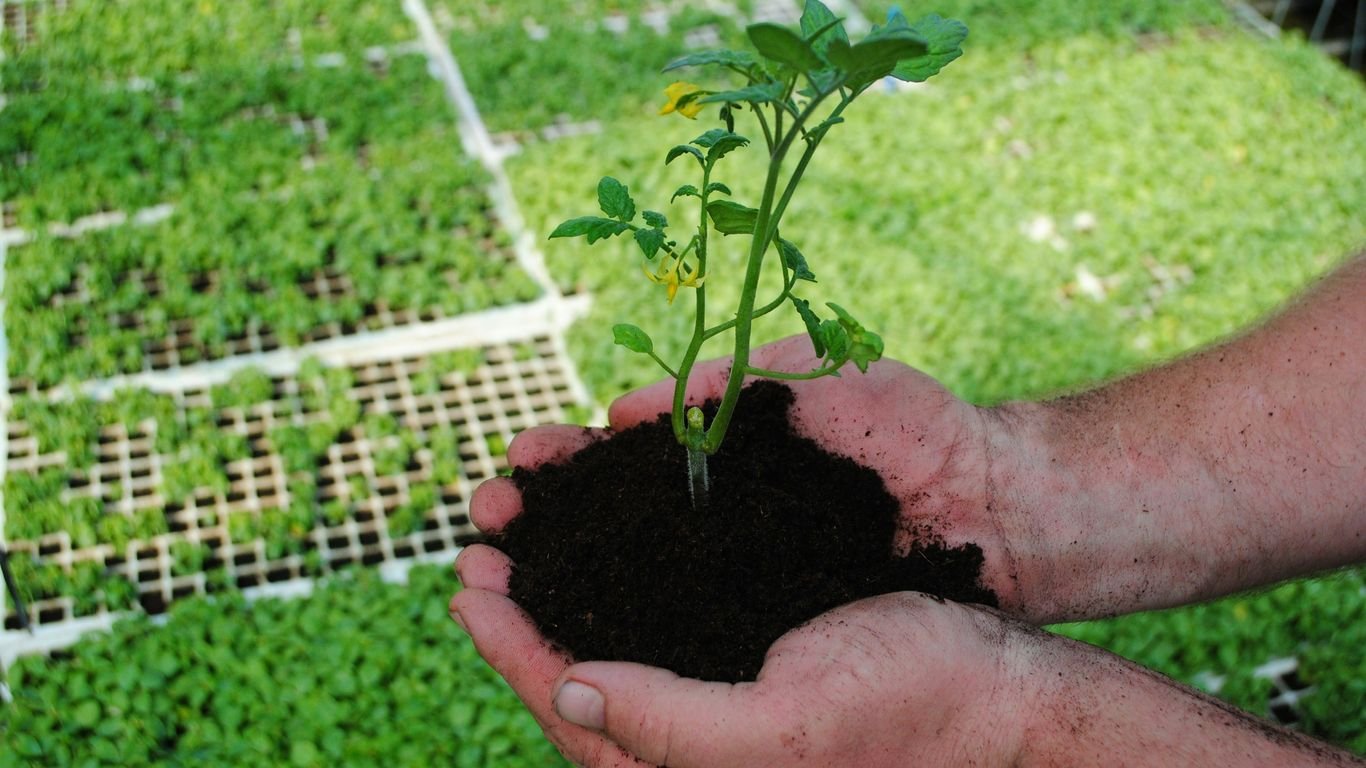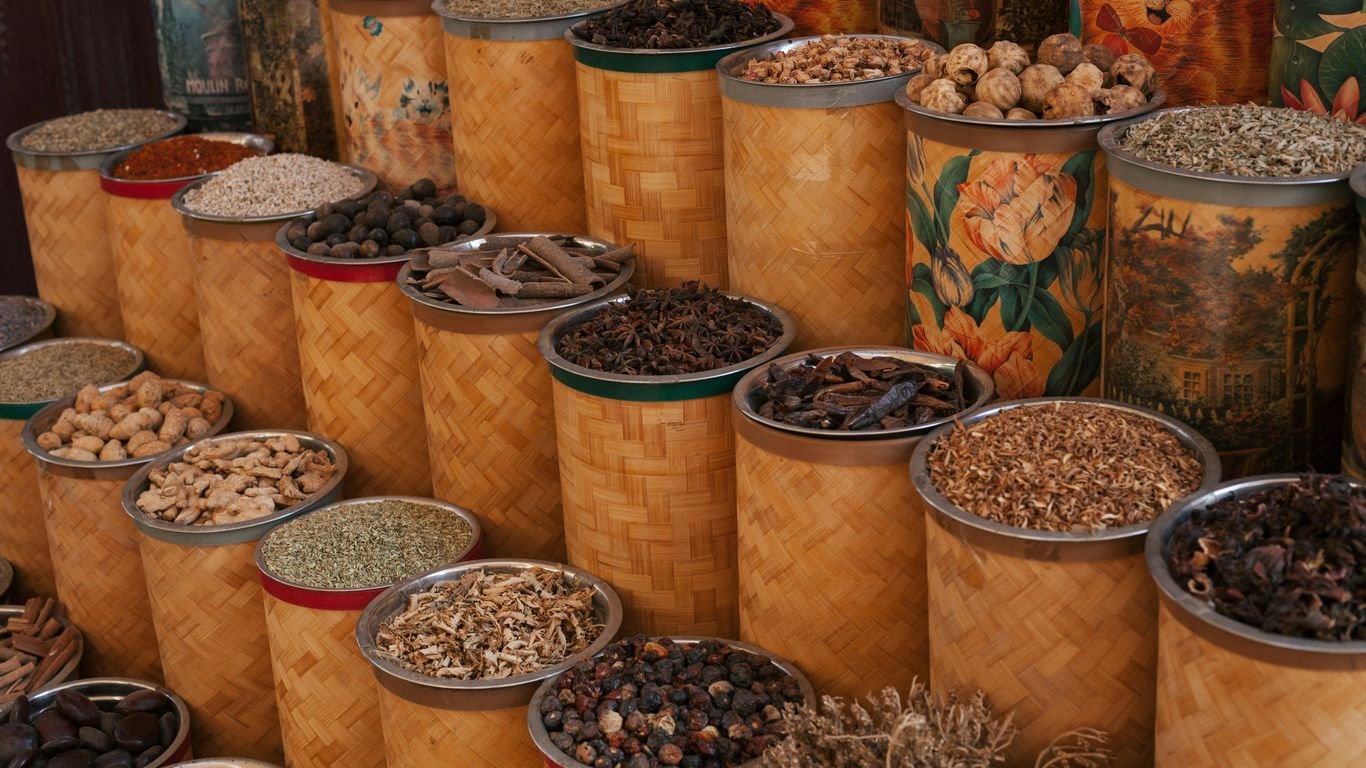Foraging in Florida: Tropical Fruits, Mushrooms, and Wild Greens

We’ve always been drawn to the idea of finding our own food, a connection to something older and more real. Florida, with its warm weather and unique landscapes, offers a surprising bounty if you know where to look. From sweet berries to earthy mushrooms and tender greens, there’s a whole world of edible wild plants waiting to be discovered right in our own backyard. It’s not just about the food, though; it’s about the adventure of learning about our environment and becoming more in tune with the seasons. We’re excited to share what we’ve learned about foraging in Florida, hoping to inspire you to explore this fascinating practice.
Key Takeaways
- Florida’s rich habitats are home to a wide variety of edible plants, from common greens to tropical fruits.
- Learning to identify edible plants takes time and practice, focusing on one season and a few plants at a time is a good approach.
- Local knowledge and experienced foragers are invaluable resources for learning safe and successful foraging techniques.
- Safety is paramount: always be certain of plant identification to avoid toxic look-alikes and test for allergies.
- Understanding local regulations for foraging on public and private lands is essential before you begin your search.
Discovering Florida’s Edible Wilds
Florida is a treasure trove for anyone interested in finding food right from nature. We’re talking about a place with such varied landscapes, from sandy coasts to shady forests and wetlands, that it supports an amazing variety of plants we can actually eat. It’s pretty wild to think about, but so much of what grows around us is edible if we just know what to look for. Learning to identify these wild edibles is a skill that connects us to the land in a really special way.
Navigating Florida’s Diverse Habitats
Florida’s geography is a big reason why we find so many different kinds of edible plants here. You’ve got everything from the humid, subtropical south to the more temperate panhandle. This means we can find plants that thrive in heat and humidity, as well as those that can handle a light frost. Think about it: you might find tropical fruits in one area and then head a few hours north to find berries and greens that are more common in cooler climates. It’s this mix that makes foraging here so interesting.
- Coastal Dunes: Look for hardy plants that can handle salt spray and sandy soil.
- Pine Flatwoods: These areas, often recovering from fires, are great for finding berries and certain ground cover plants.
- Hardwood Hammocks: These shady, moist areas can be home to a variety of greens and fungi.
- Wetlands and Swamps: While trickier, these areas can yield unique edible plants adapted to wet conditions.
Common Edible Plants to Spot
When we’re out exploring, there are a few plants that pop up pretty often and are good to know. For instance, you might see elderberry shrubs, especially along the edges of forests or in disturbed areas. Their berries are great for jams and wines, but remember, only the ripe berries are edible, and you need to cook them. Another common find is lamb’s quarters, a leafy green that often grows where the soil has been disturbed, like in gardens or along paths. It’s a nutritious green that tastes a bit like spinach. Purslane is another one that likes to spread low to the ground, often in sandy or disturbed spots. Its slightly succulent leaves and stems are crisp and refreshing in a salad.
Beyond the Basics: More Wild Finds
Once we get a handle on the common stuff, we can start looking for more. Florida has a surprising number of plants that aren’t native but have naturalized and become part of the landscape, offering edible fruits or greens. We also have native plants that might not be as widely known but are delicious and useful. It’s about expanding our knowledge, one plant at a time. We’ve found that the more we learn, the more we see – it’s like a whole new world opens up right under our feet. It really makes you appreciate the abundance that’s out there, just waiting to be discovered.
Mastering the Art of Foraging Florida

Learning to forage in Florida is a bit like learning a new language – it takes time, practice, and a good ear (or eye, in this case!). It’s not something you pick up overnight, especially with the unique environment we have here. We’ve found that the best way to get comfortable is to take it slow and steady.
Learning Plants One Season at a Time
Florida’s climate is wild, and the plants reflect that. What you see in the spring might look completely different by the fall. Trying to learn everything at once is a recipe for confusion. Instead, we focus on a few plants each season. This way, we get to know them really well, seeing them through all their stages. It’s much better to confidently identify five plants than to vaguely recognize twenty.
- Spring: Look for tender greens and early berries.
- Summer: Focus on tropical fruits and some root vegetables.
- Fall: Berries ripen, and some mushrooms start to appear.
- Winter: While less abundant, some hardy greens and roots can still be found.
The Importance of Local Knowledge
Books and apps are helpful, sure, but nothing beats learning from someone who’s been doing this in Florida for years. Local foragers know the subtle differences in plants that might look alike, and they understand the microclimates where certain edibles thrive. We’ve found that connecting with local Native Plant Societies or foraging groups has been incredibly beneficial. They often host walks or workshops where you can learn directly from experienced individuals.
Don’t underestimate the power of a good mentor. Someone who can point out a plant in its natural setting, explain its characteristics, and share their own experiences can speed up your learning curve dramatically. It’s about building a connection with the land through the people who know it best.
Building Your Foraging Confidence
Confidence in foraging comes from repeated, successful identification. Start small. Pick a familiar edible, like blackberries, and find them in the wild. Once you’re sure, move on to something slightly less common. Always have a field guide handy, and when in doubt, leave it out. We also make it a habit to photograph anything we’re unsure about and research it later, or ask an expert. The goal is to be able to recognize your target plants as easily as you recognize a friend’s face in a crowd.
Fruits of the Sunshine State

Florida’s warm climate and diverse landscapes mean we have some truly fantastic wild fruits to discover. Forget those bland supermarket berries; we’re talking about a whole different level of flavor right in our own backyard. It’s amazing what you can find if you just know where to look.
Sweet and Tart Berries
When we think of wild berries in Florida, blueberries often come to mind, and for good reason! Several native blueberry species thrive here, especially in the sandy soils of North and Central Florida. While they might be smaller than the ones you see at the store, their flavor is often more intense. We’ve found that the shiny blueberry (Vaccinium myrsinites) and varieties like rabbiteye and southern highbush are great choices. Just remember, they need slightly acidic soil and good drainage, and planting a couple of different types close together helps them produce more fruit.
We also can’t forget about the wild plums. Chickasaw and Flatwoods plums offer small fruits that can range from quite tart to surprisingly sweet. They’re perfect for making jams and jellies, or just popping them straight into your mouth if you find a ripe one. These trees usually bloom in early spring, so keep an eye out for their colorful fruit later in the season.
Tropical Treasures
Florida’s tropical side really shines when it comes to wild fruits. One of our favorites is the maypop, also known as the wild passionflower (Passiflora incarnata). This fast-growing vine produces a fruit that’s edible, though maybe not as sweet as its cultivated cousins. We’ve used them in jams and syrups, and they add a unique tang to drinks. Just be prepared, this vine can spread quickly, so a little pruning might be in order!
Then there’s the pawpaw (Asimina triloba). You’ll find these trees more commonly in North Florida’s forests. Their fruit is unique, with a creamy, custard-like texture and a flavor that’s often described as a mix of banana and mango. They have large black seeds inside, so be mindful of those when you’re enjoying the flesh.
Native Plum Varieties
We’ve touched on plums already, but it’s worth mentioning them again because they’re so widespread and offer such a great foraging opportunity. The Chickasaw plum (Prunus angustifolia) and Flatwoods plum (P. umbellata) are native to Florida and produce small fruits in shades of red, yellow, or purple. They typically ripen from late summer into fall.
Here’s a quick look at what to expect:
| Plum Variety | Fruit Color | Flavor Profile | Notes |
|---|---|---|---|
| Chickasaw Plum | Red, Yellow, Purple | Tart to Sweet | Hardy, adaptable, wildlife favorite |
| Flatwoods Plum | Red, Yellow, Purple | Tart to Sweet | Prefers sandy, open areas; narrower range |
Don’t overlook the smaller, wilder fruits. They often pack a more concentrated flavor than their cultivated counterparts and are a true taste of Florida’s natural bounty. Learning to identify them is part of the adventure.
Greens and Roots for Your Table
When we think about foraging, our minds often jump to berries or maybe some interesting mushrooms. But Florida’s wild spaces are also packed with edible greens and roots that can add a fresh, unique twist to our meals. It’s amazing what you can find if you just know where to look and what to look for. We’ve been exploring some of these less-talked-about edibles, and it’s opened up a whole new world of flavors.
Tender Leaves from Forest Edges
Many of the most accessible greens grow along the edges of forests or in open, disturbed areas. These are often the first to pop up and are usually quite tender, making them perfect for a variety of dishes. We’ve found that young leaves are almost always the best bet for flavor and texture. For instance, lamb’s quarters, often found in disturbed soil, has a mild, slightly nutty taste that gets even better when cooked. We like to sauté it just like spinach, but you can also blend it into smoothies for a nutrient boost. Just remember, it’s rich in oxalates, so cooking it is a good idea, especially if you plan on eating a lot of it. Another gem is chickweed. This low-growing plant with delicate, star-shaped flowers is great fresh in salads. It has a mild, grassy flavor. A key identifier for chickweed is a fine line of hairs along one side of its stem – a detail that helps us avoid dangerous look-alikes.
- Lamb’s Quarters: Mild, nutty flavor, best cooked. Rich in oxalates.
- Chickweed: Delicate, grassy flavor, good raw in salads. Look for the hairy stem.
- Peppergrass: Offers a peppery bite, great for livening up dishes. The small, coin-shaped seed pods are a tell-tale sign.
Edible Tubers and Shoots
While leaves are common, don’t overlook the underground treasures or early shoots. Coontie, Florida’s only native cycad, has a starchy root that was historically ground into flour. However, it’s toxic unless prepared very carefully, so we tend to admire it from afar and leave its preparation to the experts. Pokeweed is another plant that shows up frequently, but despite its historical use as a potherb, all parts contain toxins. We strongly advise against eating it, even with careful preparation, due to the risk of serious illness. It’s a good reminder that not everything that looks edible actually is. Always prioritize safety and consult reliable resources or local experts before trying any new wild food. For those looking for a safer bet, the tender shoots of some plants, like yucca, can be edible and offer a slightly bitter crunch. We’ve found that the flowers of the yucca plant are also quite tasty, with a crisp texture perfect for salads or a quick sauté.
When in doubt, leave it out. It’s better to be safe than sorry when foraging. Always positively identify a plant before consuming it, and if you’re unsure, seek advice from experienced foragers or your local UF/IFAS Extension office.
Wild Greens for Salads
For a refreshing addition to our meals, we often turn to wild greens that are perfect for raw consumption. Wood sorrel, with its clover-like leaves and delicate flowers, has a distinctively sour, lemony taste that brightens up any salad. Just be sure you’re not mistaking it for true clover, which lacks that signature tang. Wild lettuce is another option, though its bitterness can be a bit much for some, especially as the plant matures. Cooking the young leaves can mellow out that strong flavor. We’ve also found that the flowers and young seed pods of peppergrass add a delightful peppery kick. These small, disk-shaped pods are easy to spot and add a surprising amount of flavor to a simple green salad. It’s these little additions that really make our foraged meals feel special.
Navigating Foraging Safety in Florida

Foraging in Florida is an amazing way to connect with nature and find some delicious food, but we’ve got to be smart about it. Florida’s unique climate means we have a wild mix of plants, some super tasty and others that can make us really sick. So, learning to tell them apart is the most important step we can take.
Identifying Edibles and Avoiding Toxins
This is where we really need to pay attention. It’s not just about knowing what’s good to eat; it’s about knowing what to absolutely stay away from. Some plants look so similar, it’s easy to get them mixed up. We’ve seen guides that show how to spot the difference between a tasty wild green and something that could cause a lot of stomach upset, or worse. Always be 100% sure of your identification before you even think about putting something in your mouth. It’s better to leave something behind than to risk a bad reaction.
Understanding Plant Look-Alikes
This is a big one, especially here in Florida. We’ve got plants that have evolved to look like other plants, sometimes to protect themselves, sometimes for other reasons. For example, some berries might look like a familiar sweet berry, but they could be something entirely different and not good for us. We need to learn the specific features that set the edible apart from the toxic. This might mean looking at leaf shape, how the plant grows, where it likes to grow, or even the color of its flowers or fruits. It takes practice, and sometimes a good magnifying glass helps.
Testing for Allergic Reactions
Even if we’re sure a plant is edible, our bodies can sometimes surprise us. We’re all a bit different, and what one person can eat without a problem might cause a reaction in another. So, when we try a new wild food for the first time, we should always start with a tiny amount. Seriously, just a little nibble. Then, we wait. We give our bodies a few hours, or even a full day, to see if anything feels off. If we feel fine, then we can try a bit more next time. This is especially important if we’re foraging with kids or anyone who has known allergies.
When we’re out foraging, especially in a place as diverse as Florida, it’s easy to get excited about all the potential food. But we have to remember that nature isn’t always straightforward. Taking the time to learn, to be cautious, and to respect the plants and our own bodies is what makes foraging a safe and rewarding activity for everyone.
Where to Find Your Bounty
So, you’re ready to go out and find some wild edibles in Florida. That’s awesome! But where do you actually look? It’s not like there are signs pointing to the best berry bushes. We’ve found that a good chunk of the fun is in the exploration itself, and Florida has some pretty interesting spots if you know where to peek.
Public Lands for Foraging Adventures
Florida has a lot of public land, and some of it is open for foraging. We’re talking state forests, wildlife management areas, and some preserves. These places are usually pretty wild and have a good mix of habitats, which means a better chance of finding different kinds of plants. Always check the specific rules for each area before you go, though. Some places might allow berry picking but not mushroom hunting, or have limits on how much you can take. It’s a good idea to visit the Florida Fish and Wildlife Conservation Commission (FWC) website or the specific park’s site to get the latest info. We’ve had some great luck finding things like elderberries and wild mulberries in places like the Ocala National Forest and along the edges of the Apalachicola National Forest.
Respecting Private Property
This one’s a biggie. We never, ever go onto private land without getting explicit permission from the owner first. It’s just not worth the trouble or the bad feelings. Trespassing is illegal, plain and simple, and it gives foragers a bad name. If you see something amazing growing on land that isn’t public, your best bet is to try and connect with the landowner. Sometimes they’re happy to let you pick a bit, especially if you offer to share some of your haul or help out with a task. But if they say no, you just have to accept it and move on. There’s plenty of wildness out there to explore without causing problems.
Seasonal Hotspots for Forageables
Knowing when to look is almost as important as knowing where. Different plants pop up at different times of the year. For instance, blackberries are usually a summer thing, while beautyberries are more of a fall find. We’ve found that keeping a little journal of what we see and when helps a ton. You can start to notice patterns. For example, after a good rainy spell in the spring, you might find more tender greens popping up in shady spots. In the late summer and fall, look for fruiting shrubs along trails and in clearings.
Here’s a rough idea of what you might find and when:
- Spring: Tender greens like lamb’s quarters, purslane, and maybe some early wild onions.
- Summer: Berries galore! Blackberries, wild strawberries, and some early passionfruit.
- Fall: Beautyberries, elderberries, and late-season mulberries or persimmons.
- Winter: While not as abundant, you might still find some hardy greens or roots depending on the weather.
It’s really about tuning into the rhythm of nature here in Florida. The seasons are distinct, and each one brings its own set of edible treasures. Don’t get discouraged if you don’t find much at first. Keep observing, keep learning, and you’ll start to see the bounty that’s all around us.
So, What’s Next for Us Foragers?
Alright, so we’ve talked a lot about all the cool stuff we can find out there in Florida, from juicy fruits to tasty greens and even some mushrooms. It’s pretty wild to think about how much is just waiting to be discovered right under our noses. Remember, though, this is just the beginning. Florida’s a big place with tons of hidden edibles, and learning them takes time. Don’t rush it. Start with a few things you can identify easily, maybe hook up with some local folks who know their stuff, and always, always be sure about what you’re picking. We hope this gets you excited to get out there and explore, but do it safely and respectfully. Happy foraging!
Frequently Asked Questions
What are the easiest wild plants to find and eat in Florida?
We often start with plants that are easy to spot and less likely to be confused with dangerous ones. Things like elderberries, blackberries, and beautyberries are usually good starting points. We also find that greens like lamb’s quarters and purslane are quite common in certain areas and are pretty straightforward to identify once you know what to look for.
How do we know if a wild plant is safe to eat?
This is super important! We always stress learning from experienced local foragers or joining a group. Books and apps can help, but they aren’t foolproof. The golden rule is: if we’re not 100% sure, we don’t eat it. We also test a tiny bit first to see if we have any bad reactions, especially if we’re trying something new.
Can we forage on any land we find?
Nope, definitely not. We always check the rules for public lands, as some places, like national parks, often forbid foraging. For private land, we always make sure to get permission from the owner first. Respecting property is key.
What tools do we need for foraging?
For us, the basics include a good basket or breathable bag to carry our finds, a knife or scissors for clean harvesting, and maybe gloves to protect our hands from prickly or irritating plants. A field guide or a reliable app is also a must-have.
Why is foraging in Florida considered difficult?
Florida’s climate and geography make it tricky. We have a mix of plants from temperate to tropical zones, and the landscape can be unpredictable. Plus, many non-native plants have shown up, and some look very similar to edible native ones, which can be confusing and even dangerous.
When is the best time to go foraging in Florida?
It really depends on what we’re looking for! Different plants and fruits are ready at different times. Spring is great for new greens and some berries, while summer and fall bring a wider variety of fruits. We try to learn the peak seasons for our favorite finds so we don’t miss out.






